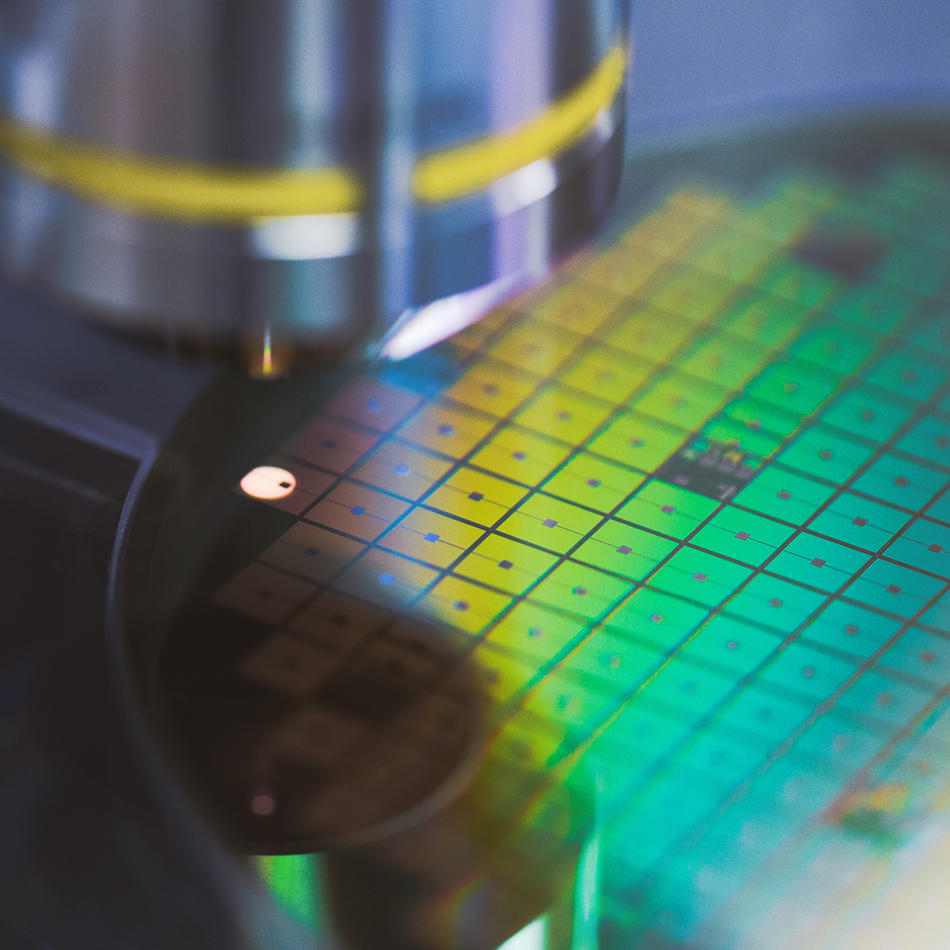Laser Precision Drives Autonomous Systems
Smarter and safer vehicles rely on precision mapping for driver assistance and fully autonomous systems.
March 13, 2025 by Coherent

The Role of Laser Precision in LiDAR Systems for Autonomous Driving
Laser precision is the ability to accurately identify objects and measure distance from the laser source to the object with a high degree of accuracy. This capability is the defining characteristic Light Detection and Ranging (LiDAR) systems, used in everything from golf rangefinders to sophisticated fully autonomous and advanced driver-assistance systems (ADAS.) Industrial and commercial robotic systems make extensive use of LiDAR, as do smart cities, such as Singapore’s Virtual Singapore Project.
The ability of LiDAR to generate highly accurate, real-time 3D maps of the environment is a foundational technology for smarter and safer vehicles that are available today, and new generations will further deepen the use of LiDAR as a central enabling technology.
How Precise is LiDAR?
All LiDAR systems function on the identical principle, a laser emits pulses of light, which the laws of physics dictate move at a fixed speed, that bounce off objects and return to the sensor. By measuring the time, it takes for the light to return, the system can calculate the distance to the object. When the LiDAR system performs this function repeatedly in a very short period the outcome is a 3D map of the object in focus. In automotive applications, LiDAR allows vehicles to detect small, subtle objects and map their environment accurately, within 1-2 cm, even in low-light conditions or challenging weather.
Real-World Applications of LiDAR in Automotive
A prime example of LiDAR in action is in ADAS systems for collision avoidance. LiDAR sensors can detect pedestrians, other vehicles, and obstacles at a distance, allowing the system to take preventive actions like automatic braking or evasive steering. In addition, LiDAR plays a key role in night vision systems, offering better performance in low-visibility conditions compared to cameras or radar.

For instance, Waymo, the autonomous driving company that is part of Google, has incorporated LiDAR into its sensor suite. Waymo vehicles rely on a combination of LiDAR, radar, and cameras to perceive their surroundings in real-time. The LiDAR system allows the vehicle to detect objects up to 300 meters away, helping it to safely navigate urban environments.
Adoption Challenges in the LiDAR Market
There are challenges to widespread adoption, particularly in the automotive industry, starting with the cost of the systems. LiDAR systems combine sensors incorporating lasers and detectors, with software in integrated systems. LiDAR suppliers, including Coherent, have responded through investments in mass production, solid-state components, and miniaturization. This progression follows a time-honored path in the technology industry as new technologies prove themselves and move to mass production.
Another challenge is the fragmented nature of LiDAR technology. There are various methods of illumination—flood, scanning, and spot-based systems—each with its own advantages and trade-offs. This fragmentation makes it difficult for manufacturers to standardize LiDAR solutions across different vehicle platforms.

Coherent is Driving Innovation in the LiDAR Market
Innovative laser and optical products from Coherent are helping to shape the future of this essential technology. The new 940nm multi-junction VCSEL array, for example, is a key component in solid-state scanning LiDAR systems, which are known for their compact size, affordability, and robustness. These characteristics make them ideal for automotive applications, where space and cost are often significant constraints. In addition, Coherent specialty optical fibers, such as the new 15xxnm optical fiber used in range-finding and scanning LiDAR systems, provide the long-range capabilities needed for high-speed driving and highway scenarios.
By offering a wide range of laser sources across different wavelengths, Coherent ensures that its products can be tailored to the specific requirements of various LiDAR systems, whether for short-range applications like parking assistance or long-range scenarios such as highway driving. This versatility makes Coherent a key player in the automotive LiDAR market, supporting the development of safer and more efficient vehicles.
Furthermore, Coherent optics solutions play a crucial role in enhancing the overall performance of LiDAR systems. Optics are essential for directing, focusing, and shaping the laser light, which in turn determines the field of view, range, and resolution of the system. Coherent precision optical components ensure that LiDAR systems can efficiently manage laser light, resulting in more accurate and reliable 3D mapping
Leveraging the vertical integration capabilities that Coherent offers, allows for better customization, enabling manufacturers to design LIDAR systems that meet specific requirements for automotive, aerospace, and industrial applications.
See Beyond What is Right in Front of You

The use of precision LiDAR will expand as the industry moves toward higher levels of automation (SAE levels 4 and 5). As autonomous vehicles become more advanced, the demand for higher resolution, longer-range, and more accurate LiDAR systems will increase. With advanced laser and optical solutions, Coherent is addressing the key challenges in the industry: Precision, cost, and integration. Through its innovative products and vertical integration capabilities, Coherent is helping pave the way for the future of autonomous transportation and smart mobility. Learn move about Coherent automotive electronic solutions.


